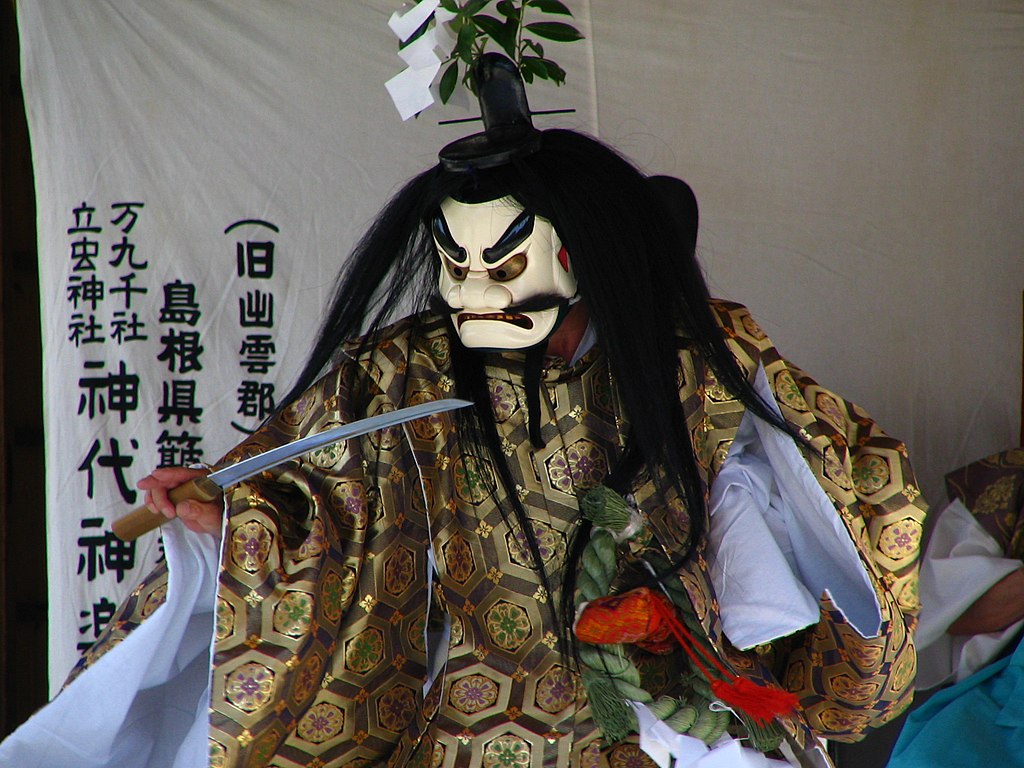Jun 28, 2022
What Is Hiroshima Kagura?
Kagura is an ancient performing art that has been kept alive in Hiroshima for centuries thanks to the performers’ commitment. Recently, it has seen a surge in popularity. There are now more than 200 tropes active in the prefecture performing the art in five regional variations. If you want to immerse yourself in Japanese culture, there’s no better option than to attend a kagura performance. One of the most famous is called Hiroshima Kagura.
Dances for the Gods
The literal meaning of kagura is “dance for the gods.” It originates from the legend that the sun goddess Amaterasu confined herself to a cave, which resulted in the world falling into darkness. A group of gods used dance to draw Amaterasu from the cave and return light to Earth. Kagura commemorates this event through performances telling various stories, usually about the battles of gods against evil creatures like ogres, spiders, and serpents. There are often special effects, including fireworks, dry ice, and streamers, to enhance the action.
About Hiroshima Kagura
Hiroshima Kagura is a famous performance for several reasons: the costumes are exquisite, the dances impressive, and the music is played on traditional instruments. What makes it a favorite among visitors to Japan, though, is that the dialog is translated into English, and subtitles appear on monitors. If you’d prefer not to read along as you watch, you can also rely on the show’s summary, which is given in English before the performance begins.
If you arrive early, you’ll also be able to view the costumes — there are masks and clothing on display in the building. Plus, at the end of the show, the audience can ask the performers questions in a dedicated Q&A session. You’re welcome to ask anything you like about the tradition and culture of kagura, the production of the show, and the technique behind dances. You’ll find that the performers are passionate about keeping kagura alive and enjoy the chance to explain its importance. Many perform kagura on the side of full-time jobs and family commitments.
For those with a deep interest in Japanese mythology, it’s worth booking a behind-the-scenes visit. This behind-the-scenes visit will allow you to see how the troupe members practice for a show and talk to them once they’ve finished rehearsal. It’s a great way to appreciate this art’s complexity, particularly if you take up the offer to try on a costume to see how heavy it is. Another advantage of a behind-the-scenes visit is that you can take photos up close.
Of course, Hiroshima Kagura is just one of many options to see a kagura performance. There are other shows with English explanations, but you may find you enjoy a regular performance just as much. The great thing about kagura is that the plot tends to be easy to follow. Just enjoying the action and fantastic costumes is often enough.
pelican, CC BY-SA 2.0, via Wikimedia Commons


About the author